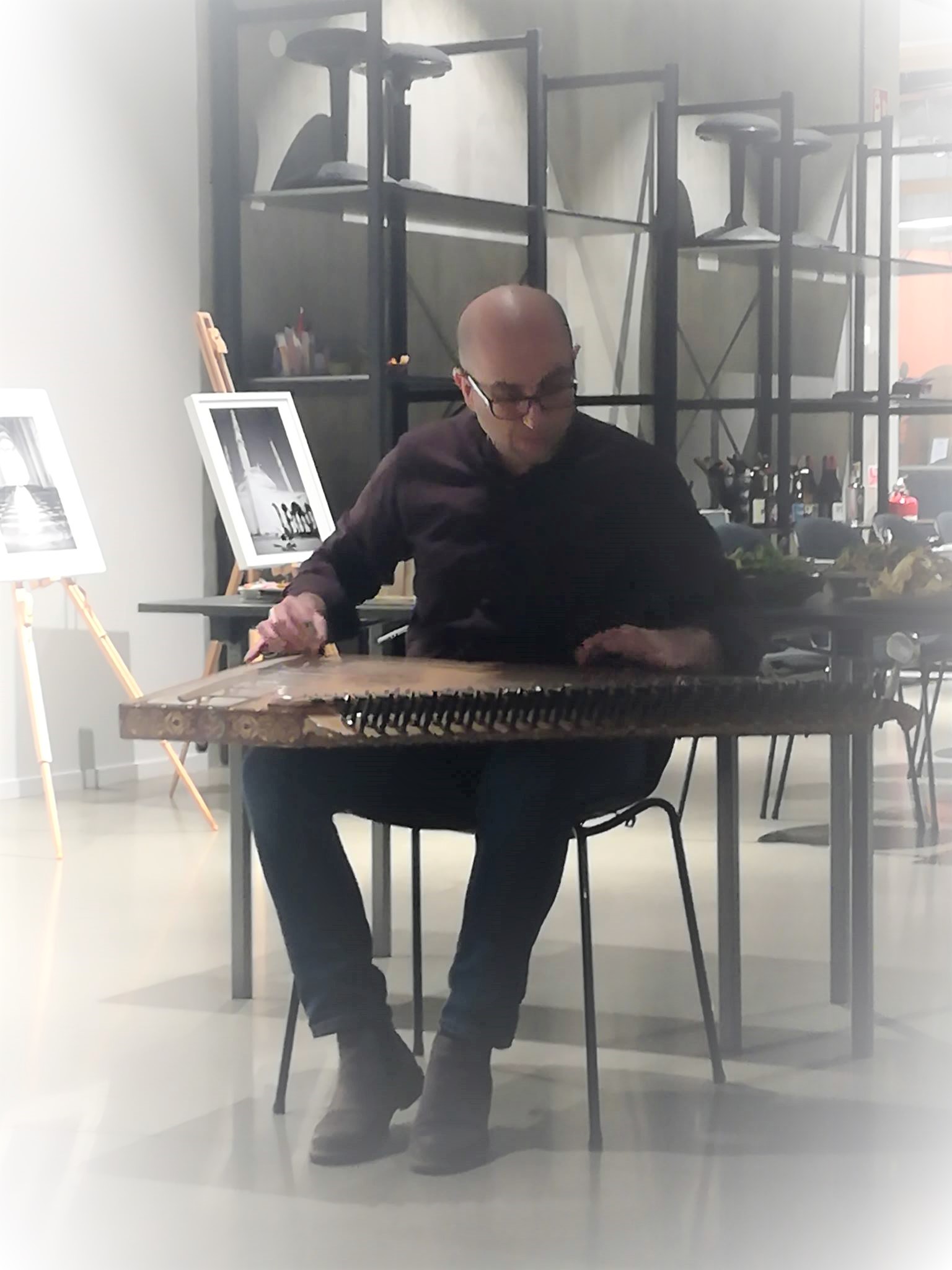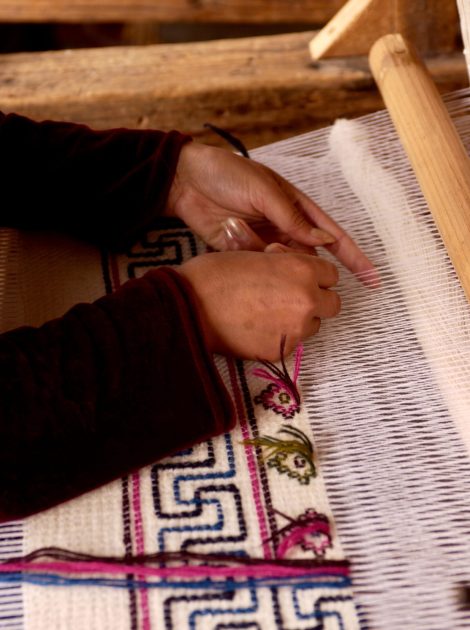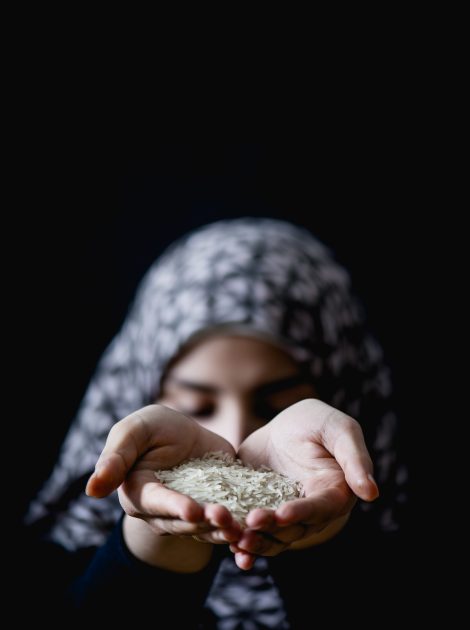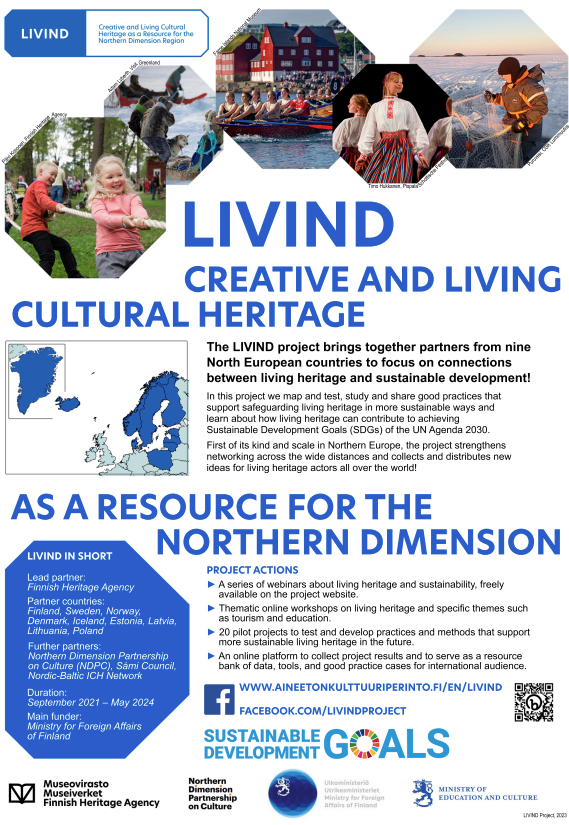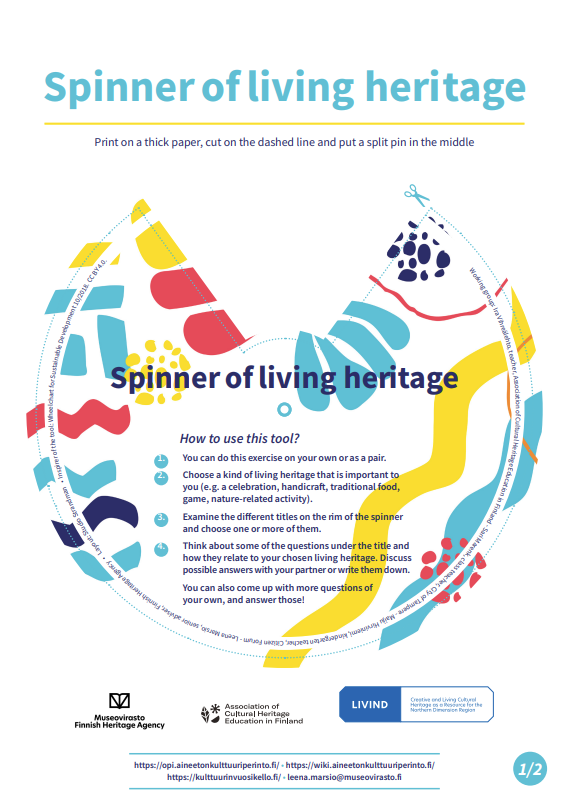The Challenge
How can we preserve and pass on creative and cultural heritage in the country we call home? IMMART has its own projects and practices to this end, and recently joined a UNESCO project that aims to safeguard living heritage. Read more below.
